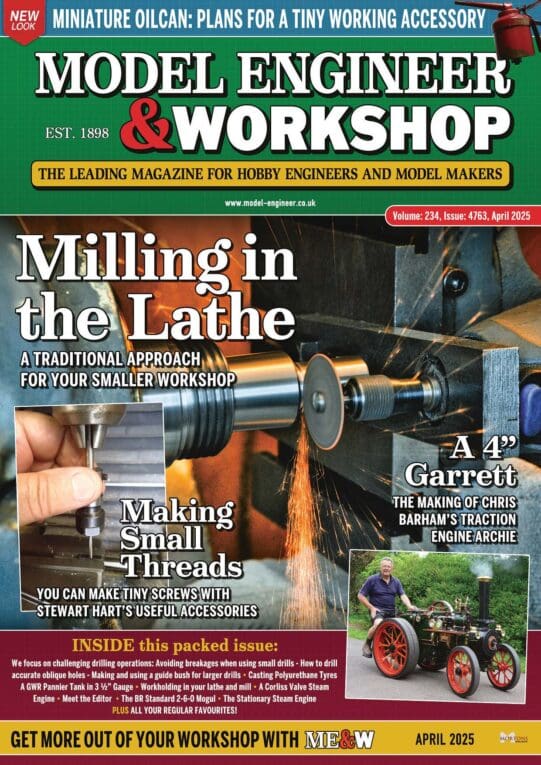Sieg SX2P – DRO, power feeds, CNC? What first?
Sieg SX2P – DRO, power feeds, CNC? What first?
- This topic has 34 replies, 13 voices, and was last updated 14 April 2025 at 10:28 by
John Haine.
- Please log in to reply to this topic. Registering is free and easy using the links on the menu at the top of this page.
Latest Replies
Viewing 25 topics - 1 through 25 (of 25 total)
-
- Topic
- Voices
- Last Post
Viewing 25 topics - 1 through 25 (of 25 total)
Latest Issue
Newsletter Sign-up
Latest Replies
- Pipe Unions, Fittings, Standard Dimensions, CAD
- Machine tool transport
- 24cc DIESEL ENGINE FROM SOLID
- Abrasive tape/paper recommendations please
- Acceptable feed screw backlash
- Amadeal VM25L Uneven Motor Brush Wear
- Stuart Twin Victoria (Princess Royal) Mill Engine
- 1965 Colchester Chipmaster
- Problem getting the right parameters on a VFD
- Myford Super 7 questions




